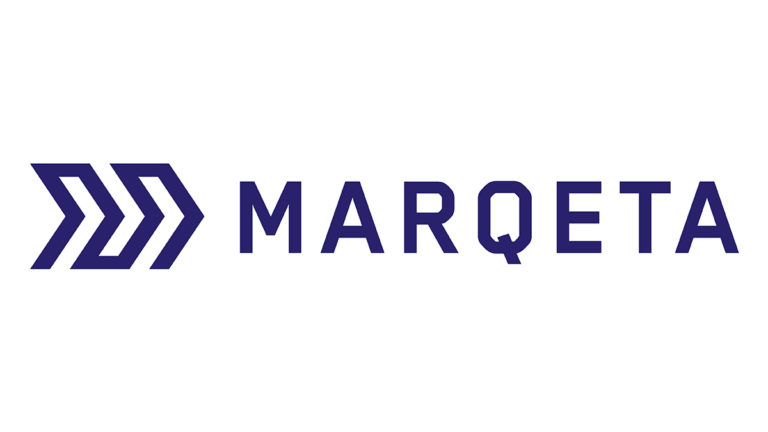Marqeta's European Checkmate: How the TransActPay Acquisition Reshapes Fintech's Continental Battlefield
LONDON — Marqeta, the global card-issuing platform valued at over $6 billion, has completed its acquisition of TransActPay, a strategic chess piece that grants the company direct control over the regulatory and payment rails across the UK and European Economic Area.
The acquisition, which closed on July 31 and was formally announced yesterday, represents more than just another fintech consolidation. It signals a fundamental shift in how payment infrastructure players are positioning themselves in a post-Brexit Europe increasingly defined by regulatory complexity and technological transformation.

The Vertical Integration Imperative
While most financial technology acquisitions focus on customer base expansion or technology capabilities, Marqeta's move reveals a deeper strategic calculus: the vertical integration of regulatory infrastructure itself.
"What we're seeing is the emergence of 'regulation-as-a-service' as a competitive advantage," explains a London-based fintech analyst specializing in payments infrastructure. "By internalizing TransActPay's EMI licenses across 25 countries, Marqeta isn't just buying market access—it's buying sovereignty over the full payment stack."
TransActPay's operations span nearly the entire European continent with support for 16 currencies, turning what was once a patchwork of partnership agreements into a unified platform under Marqeta's control.
The market has responded enthusiastically. Marqeta shares surged approximately 15% following confirmation of the deal's completion, with the company simultaneously raising its revenue growth outlook to 17-18%, up from previous projections of 13-15%.
Europe's New Digital Battleground
For European fintech observers, the acquisition highlights the intensifying competition for control of payment infrastructure across the continent.
Marqeta's European business has already more than doubled its total processing volume year-over-year, according to Marcin Glogowski, SVP Managing Director Europe and UK CEO of Marqeta. The TransActPay acquisition appears designed to accelerate this trajectory.
"This isn't just about geographic expansion—it's about speed to market," notes a former European banking regulator who now advises fintech startups. "When you control the regulatory rails, you can onboard customers in weeks instead of quarters. In competitive markets like embedded finance and neobanking, that's the difference between market leadership and irrelevance."
The move places Marqeta in direct competition with other major players who have made similar strategic acquisitions. Visa acquired Currencycloud for £700 million, embedding EMI and multi-currency capabilities. Mastercard purchased Aiia to strengthen its open-banking position. Solarisbank acquired Contis after raising €224 million, integrating UK payments processing into its Banking-as-a-Service platform.
The Regulatory Chess Game
What makes the TransActPay acquisition particularly significant is its timing relative to Europe's evolving regulatory framework.
The European Union's forthcoming PSD3 payment services package will fundamentally reshape the continent's financial regulations, embedding EMD2 provisions and imposing new authorization requirements on E-Money Institutions. By securing TransActPay now, Marqeta positions itself ahead of these regulatory shifts.
"The regulatory landscape in Europe isn't just complex—it's actively transforming," explains a Brussels-based payment regulation specialist. "Companies without direct regulatory access will face increasing friction as PSD3 implementation unfolds. Marqeta has effectively future-proofed its European operations."
The acquisition also provides a buffer against Brexit-related complications, as TransActPay maintains dual-jurisdiction licensing that bridges the growing regulatory divide between the UK and EU.
Building the "Super Rails"
For Marqeta, which processed nearly $300 billion in payment volume in 2024, the TransActPay acquisition represents more than geographic expansion—it creates what industry insiders are calling "super rails" that combine technology, regulatory licenses, and banking relationships into a unified offering.
Aaron Carpenter, CEO of TransActPay, emphasized continuity amid the ownership change, stating that TransActPay will continue operating under its own brand with no immediate changes to services while benefiting from Marqeta's global presence and technology.
For customers, the combined entity promises to eliminate the need to manage multiple partners for card program management, simplifying what has traditionally been a complex technical and regulatory journey.
Integration Challenges and Hidden Risks
Despite the market enthusiasm, significant execution challenges remain. Merging TransActPay's systems with Marqeta's API-first architecture presents substantial technical integration risks that could lead to service disruptions if not carefully managed.
Cultural alignment also represents a potential stumbling block. Bringing together compliance and risk-management teams across different regulatory jurisdictions requires a unified operating model—a challenge that has derailed similar acquisitions in the past.
Perhaps most concerning is the potential for increased regulatory scrutiny. As Marqeta grows into a more significant player in Europe's payment infrastructure, it may attract heightened oversight from financial authorities across multiple jurisdictions.
The Investment Calculus
For investors weighing Marqeta's prospects following the acquisition, several factors merit consideration.
The company's Q2 2025 performance already showed impressive growth, with total payment volume reaching $91 billion (up 29% year-over-year) and net revenue of $150 million (up 20% year-over-year). More impressively, Marqeta achieved a record adjusted EBITDA margin of 19%, with gross profit increasing by 31% compared to the previous year.
The TransActPay acquisition creates multiple pathways to further margin expansion. By internalizing functions previously outsourced to third-party sponsors, Marqeta can capture a larger share of transaction economics. The ability to cross-sell value-added services like fraud detection and real-time decisioning across TransActPay's footprint could drive additional revenue growth.
However, investors should remain mindful of execution risks. Rapid expansion through acquisition can dilute focus on core product innovation. The concentration of regulatory risk under a single corporate umbrella means that regulatory challenges in one jurisdiction could potentially impact operations across the entire European network.
The Road Ahead
As Marqeta integrates TransActPay, industry observers anticipate further strategic moves. Additional acquisitions in open banking or credit-decisioning capabilities would align with the company's apparent strategy of building a comprehensive Banking-as-a-Service platform.
Meanwhile, European regulators may respond to increasing consolidation in the payment infrastructure space. As fewer companies control critical financial infrastructure, calls for "fair access" mandates or new competitive frameworks may emerge during PSD3 implementation.
For Marqeta, the true test will be whether it can translate regulatory control into sustainable competitive advantage. With fintech valuations under pressure in 2025, the company must deliver on its promises of operational efficiency and growth to justify its premium multiple.
In the complex chess game of European fintech, Marqeta has made a bold move. Whether it proves to be checkmate or simply the opening gambit in a longer strategic contest remains to be seen.
Disclaimer: This analysis is based on current market information and should not be considered investment advice. Past performance does not guarantee future results. Readers should consult financial advisors for personalized guidance.
